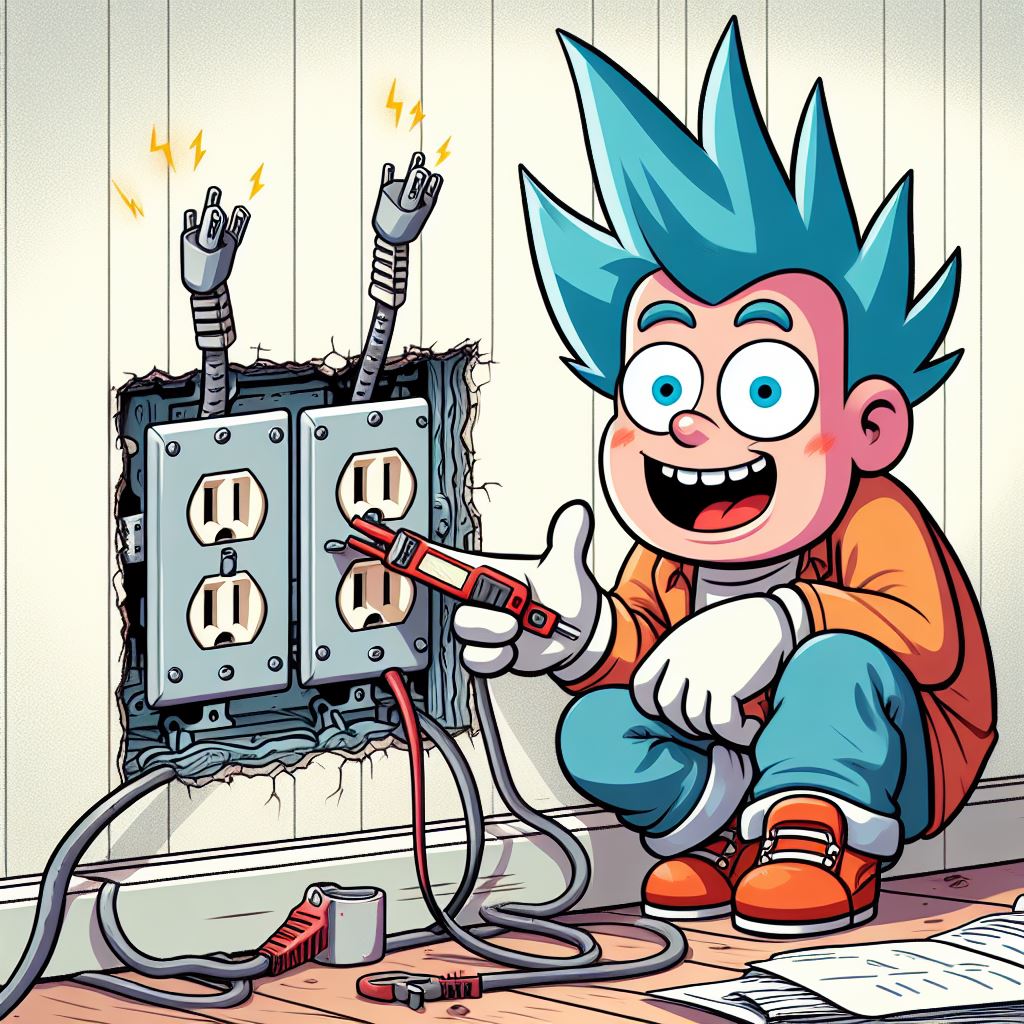Can people drill into a stud that has an outlet on it?


Drilling into studs is a common task for homeowners and DIY enthusiasts looking to hang heavy items securely. But what happens when the stud you need to drill into has an outlet on it? This scenario raises several questions about safety, practicality, and technique. In this comprehensive guide, we will explore the intricacies of drilling into a stud that has an outlet, offering expert advice and practical tips to ensure a safe and successful project.
Studs are the vertical wooden beams that form the framework of your walls, providing essential support for drywall and the structure itself. They are typically spaced 16 to 24 inches apart. Outlets, on the other hand, are often mounted on studs, secured within electrical boxes. The presence of electrical wiring adds a layer of complexity to drilling into these studs.
Despite all precautions, there is always a possibility of hitting a wire. Here’s what you should do if it happens:
If drilling into the stud with the outlet seems too risky or complicated, consider these alternatives:
1. Can I drill directly above or below an outlet?
Yes, but you must be cautious. Electrical wires typically run vertically and horizontally from the outlet. Use a stud finder with live wire detection to ensure you avoid these paths.
2. What type of drill bit should I use?
A standard wood drill bit will work for most studs. However, if you’re drilling near electrical components, a bit with a depth stop can help prevent accidental damage to wires.
3. Is it safe to use power tools near electrical wiring?
Yes, as long as you take proper precautions. Always turn off the power, use tools with insulated handles, and proceed slowly and carefully.
4. What should I do if I don’t feel comfortable drilling near an outlet?
If you’re unsure or uncomfortable with the process, it’s best to consult a professional. An electrician or a skilled handyman can safely handle the task.
5. Can I use a stud finder to detect live wires?
Many modern stud finders come with live wire detection features. These can be very helpful in avoiding electrical hazards.
Drilling into a stud that has an outlet on it is a task that requires careful planning and execution. By understanding the basics, taking necessary safety precautions, and following a step-by-step process, you can successfully complete this task without compromising safety or functionality. Always prioritize safety by turning off the power, using the right tools, and consulting professionals when necessary.
Whether you’re a seasoned DIY enthusiast or a homeowner looking to tackle a new project, this guide provides the comprehensive information needed to drill into a stud with an outlet safely and effectively. Remember, patience and caution are your best tools in ensuring a successful and safe outcome.
Thinking of installing floating shelves? Don’t skip the wall anchors! These essential tools provide sturdy support, prevent wall damage, and keep your shelves secure—even without studs. Wall anchors distribute weight evenly, enhance safety, and make installation a breeze. For reliable results, trust Elephant Anchors’ 200lbs Mounting Kit for effortless and durable floating shelf installation.
Curious about mounting your TV on metal studs or without them? 📺 Learn the key differences and find out why Elephant Anchors are perfect for both scenarios! 🐘 Our anchors provide secure, versatile solutions for any wall type. Watch to discover the best mounting options for your setup! #ElephantAnchors #TVMounting #DIY
Toggle bolts are a reliable solution for mounting heavy items on drywall or hollow walls. With their metal wings that expand behind the wall, toggle bolts provide a strong, secure hold for everything from TVs to shelves. This guide walks you through the process of drilling holes, inserting toggle bolts, and mounting your items, ensuring a stable installation. Whether you're tackling a DIY project or mounting heavy-duty items, toggle bolts are an essential tool for achieving a secure mount.